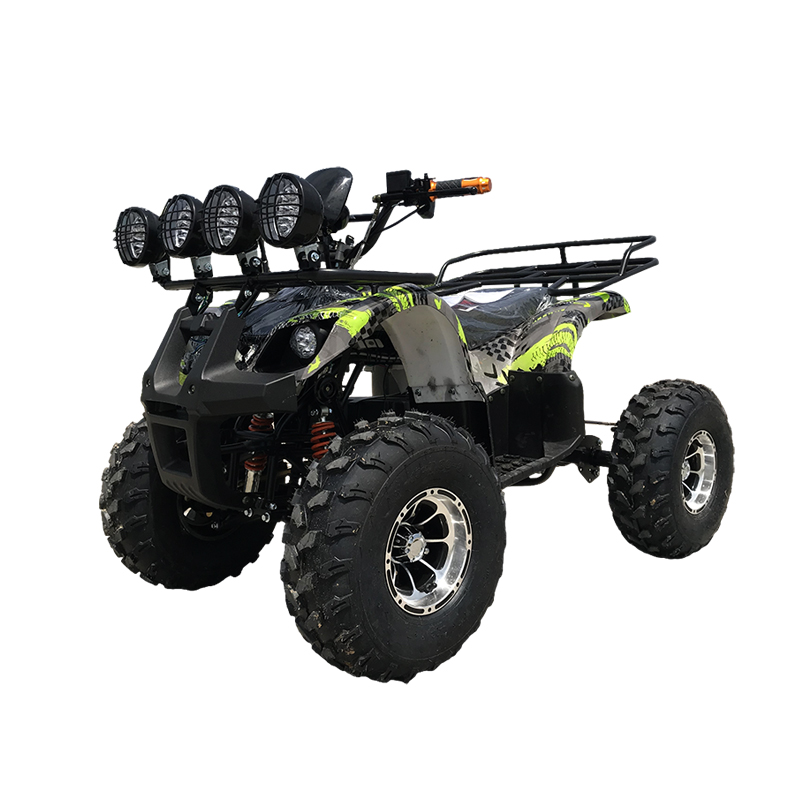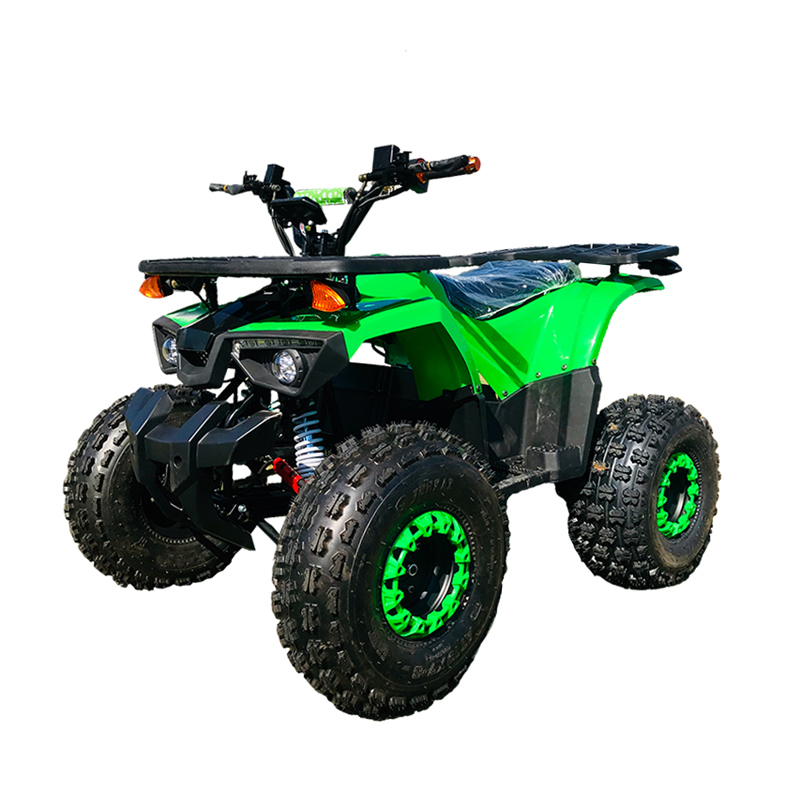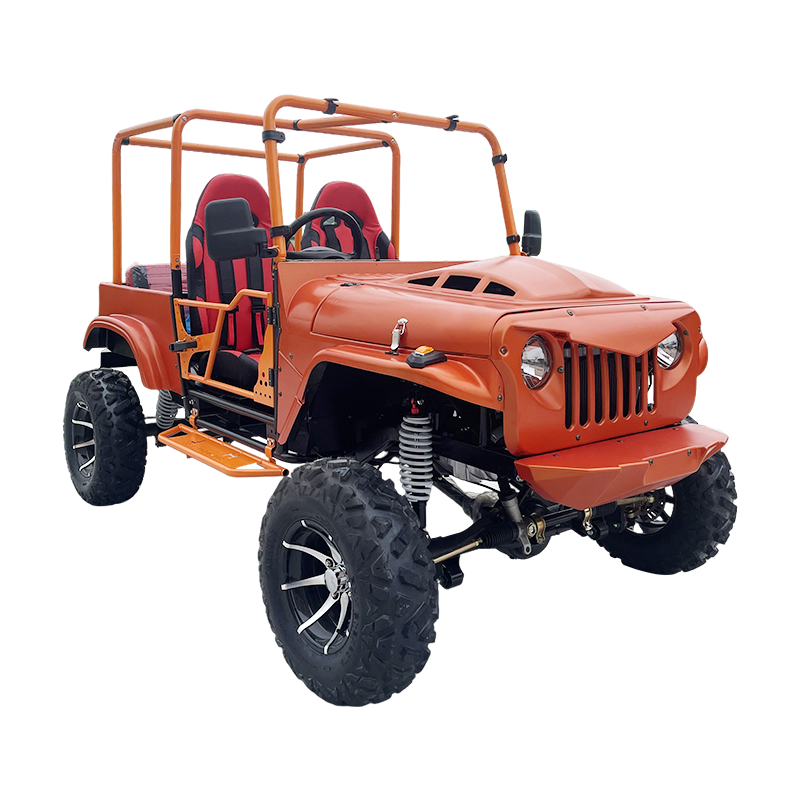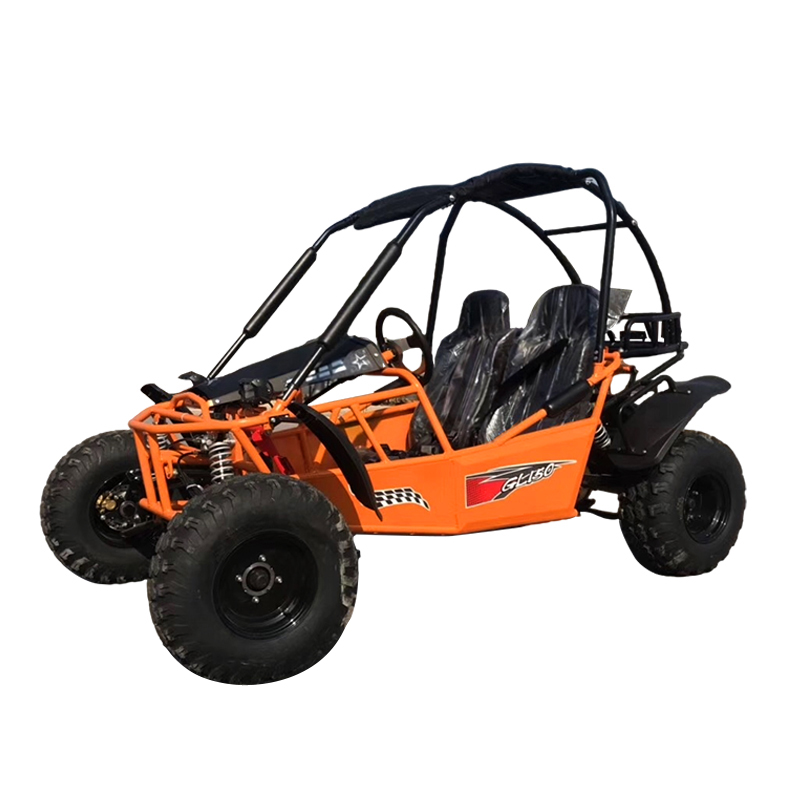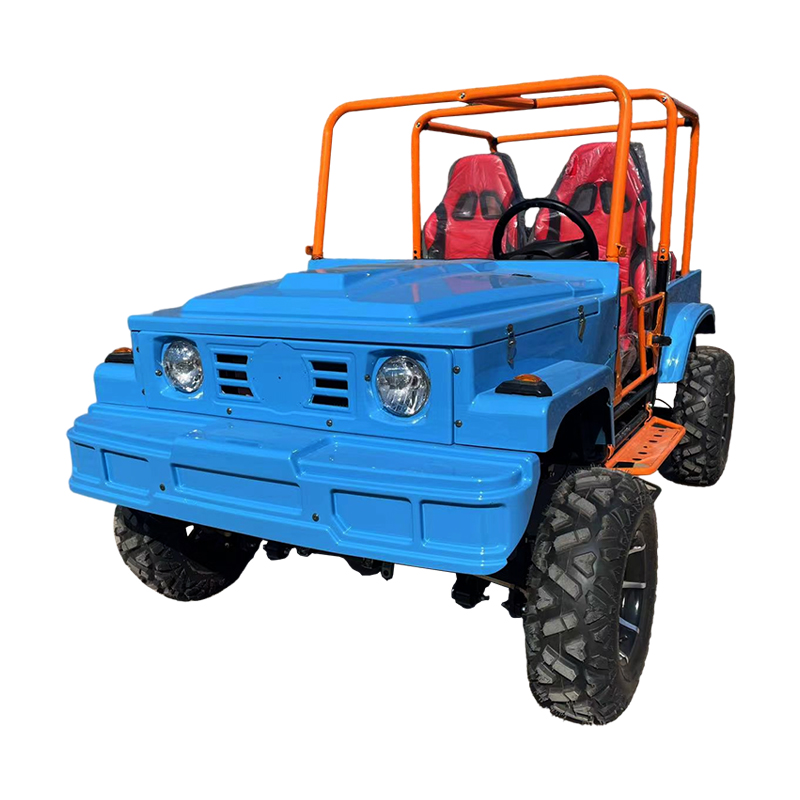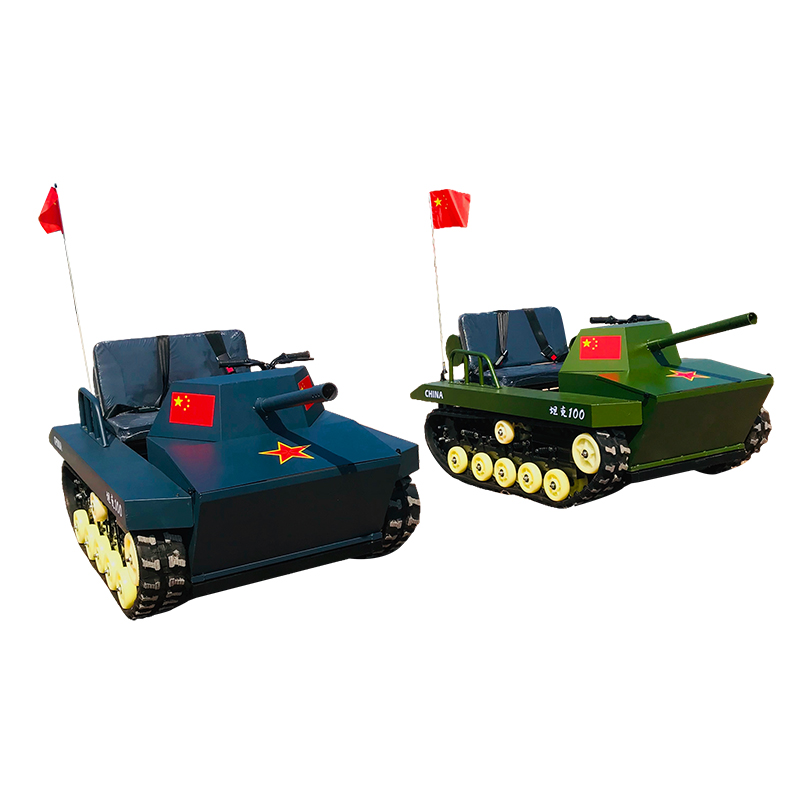In recent years, off-road recreational vehicles have evolved in both design and performance, professional many outdoor enthusiasts to explore options beyond the conventional. Among these, the tractor go kart has gained attention for its rugged design, adaptability, and improved fuel efficiency. As people seek adventure in snowy terrain or rural backroads, the question arises: how does the tractor go kart compare with the go kart snowmobile in terms of fuel efficiency?
A tractor go kart is essentially an off-road kart built for more rugged and variable terrain, powered by small-displacement engines that emphasize torque rather than speed. These vehicles often share design cues from compact utility tractors, with the addition of reinforced frames, knobby tires, and simple mechanical controls. Their straightforward engineering contributes to better fuel efficiency because the engines are tuned for consistent performance at lower RPMs, ideal for dirt paths, muddy trails, and uneven ground.
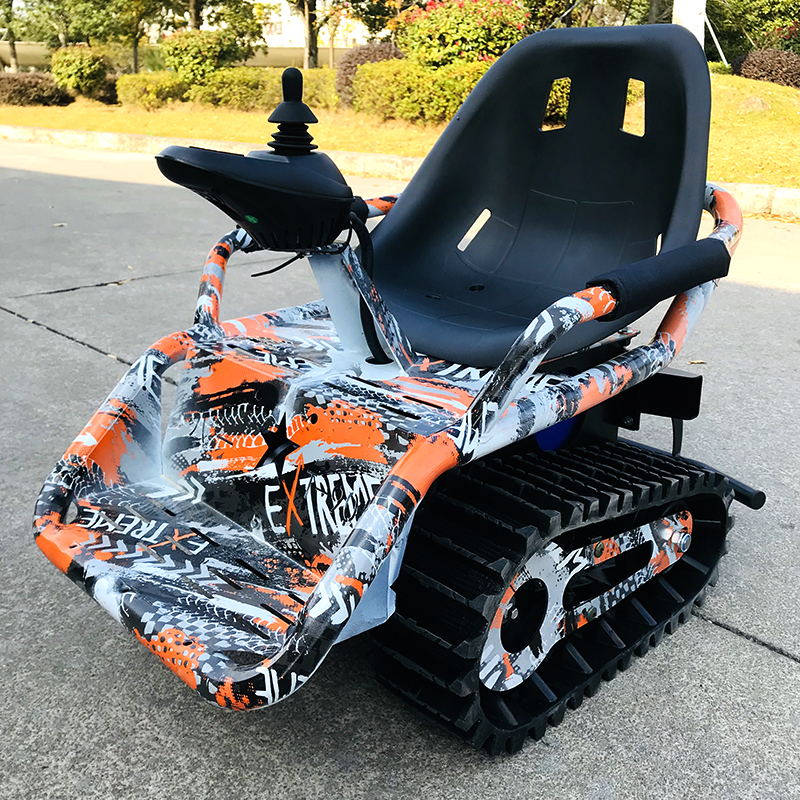
When comparing this to a go kart snowmobile, there's a noticeable difference in design purpose. While both are built for recreation, snowmobiles—especially those modified into a go-kart format—are equipped with higher-revving engines to navigate snowy landscapes. The power demand of driving through snow, especially powder or slush, guides to significantly higher fuel consumption. This makes the go kart snowmobile less efficient over time, particularly in areas with changing snow conditions or uphill terrain.
Another major advantage of the tractor go kart lies in its adaptability. Many models allow for manual adjustments in gear ratios or throttle control, letting drivers regulate fuel usage depending on terrain difficulty. For instance, on flat trails or moderate slopes, an ATV kart version of a tractor go kart can be operated at lower speeds with reduced fuel burn. In contrast, the go kart snowmobile must often run at higher engine loads just to maintain motion across slippery or soft snow.
The versatility of the ATV kart also contributes to its outstanding fuel economy. These vehicles are not limited to winter use; they can operate on dirt, gravel, grass, and even light rocky surfaces. Because of this, their engines are generally more efficient across various environments. The go kart snowmobile, however, is inherently specialized and cannot match the year-round utility of an ATV kart or a tractor go kart.
Let's also consider maintenance factors that influence fuel performance. Snowmobiles require regular upkeep of track systems and drive belts, which can deteriorate quickly in challenging snow conditions. A poorly maintained go kart snowmobile often consumes more fuel due to frictional losses and engine inefficiencies. In comparison, a tractor go kart has simpler systems and fewer moving parts, allowing it to retain good fuel efficiency with basic maintenance.
When riders choose a 4-stroke engine ATV kart, the difference becomes more evident. These engines are built to be fuel-efficient, emitting lower emissions while providing steady torque. Fuel efficiency is improved when such engines are combined with the lightweight frame of a tractor go kart.
While both the tractor go kart and the go kart snowmobile have their specific advantages in off-road recreational use, the former clearly outperforms in fuel efficiency. Whether in its ATV kart form or standard configuration, the tractor go kart provides users with a more economical, year-round solution. Enthusiasts who value low fuel costs, mechanical simplicity, and versatility will find the tractor go kart to be a smarter long-term investment than a fuel-thirsty go kart snowmobile.

